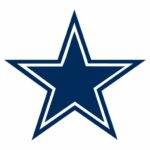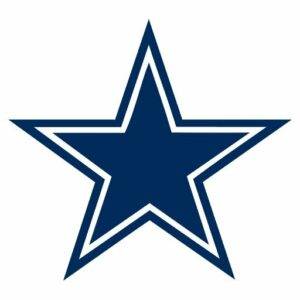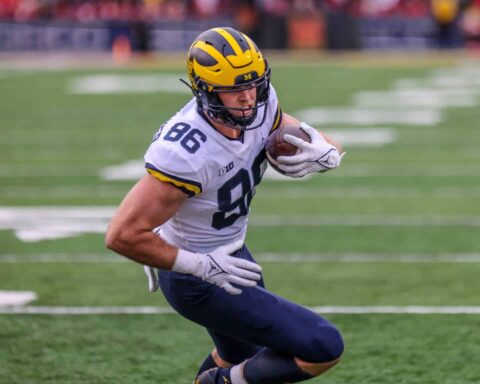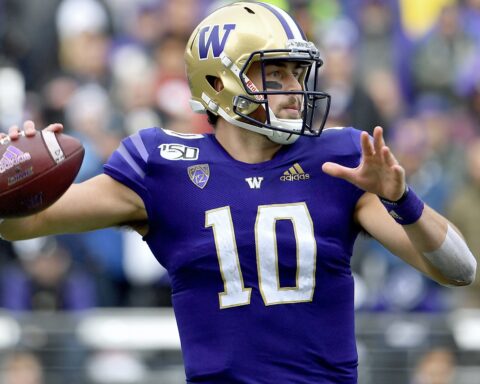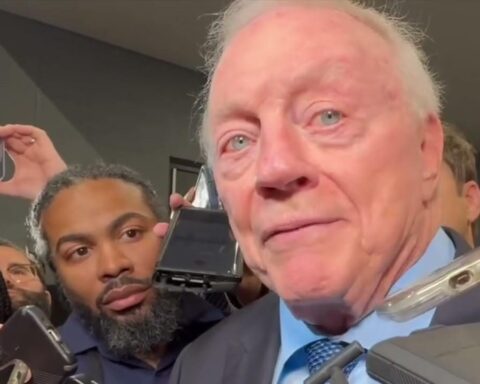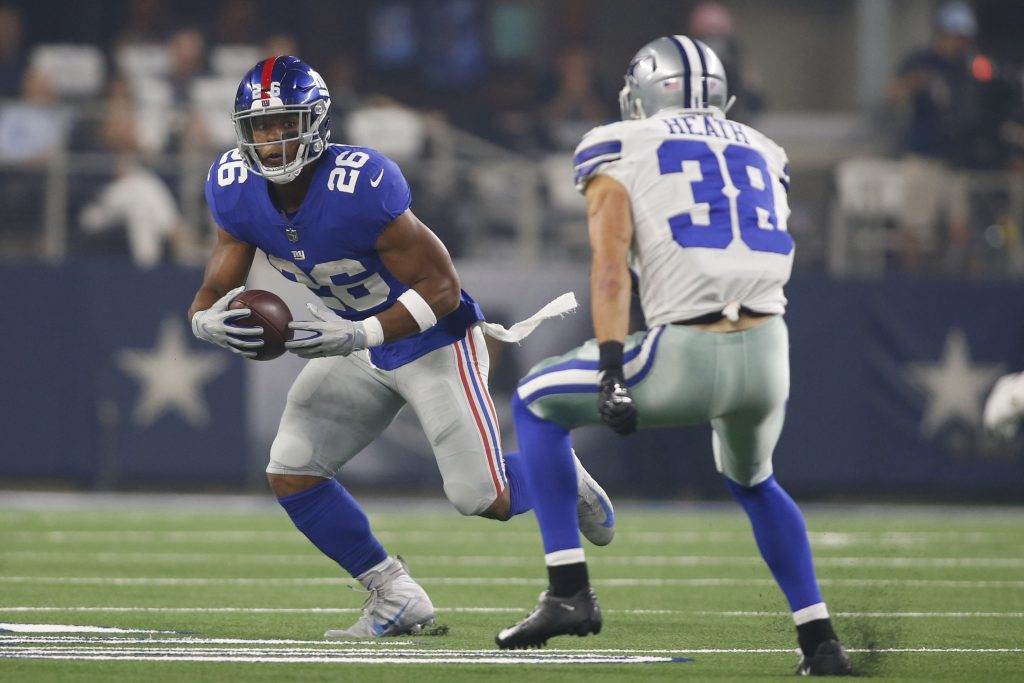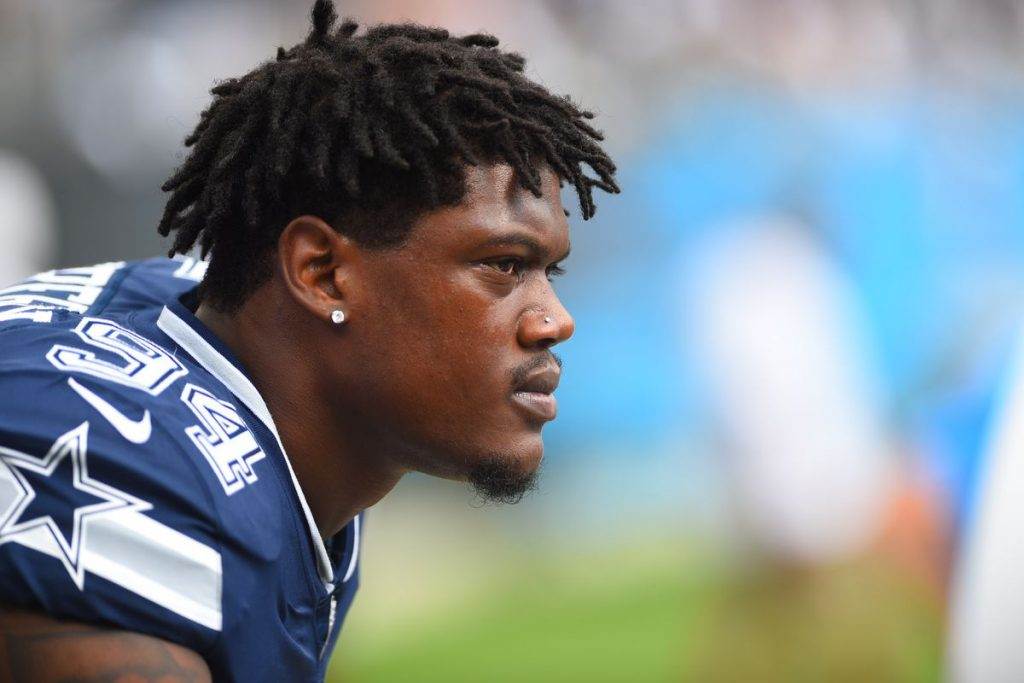The 2019 NFL Combine is upon us, and with the excitement of some sort of football being back also comes confusion for a lot of fans.
Which drills matter? Which position groups do they matter for? How fast is fast? Do the Cowboys care about any of these drills in particular?
The combine (and the NFL draft as a whole) can be a monster to decipher. Hell, it’s tough for paid professionals to understand what they are looking at or should value most of the time. So, based on their tendencies in previous years, I have complied a list of what drills and measurements seem to matter most to the Dallas Cowboys for their current positions of need.
This way you can all be informed viewers this weekend, and shoot down any ridiculous proclamations made on the broadcast.
Wide Receiver
This list was complied last year, but the numbers remain about the same. On average, Cowboys’ draftees at wide out run a 4.53 second 40 yard dash and a three cone just under 7 seconds. They also tend to be about 6’0″ tall, with 6’2″ being their ideal target (Dez Bryant, 2010).
In the third round last season the Cowboys took Michael Gallup, who fit this description to a “T.” Gallup measured in a 6’1″ 205 and ran a 4.51 40 time and 6.95 three cone. We could have seen his drafting coming from a mile away. Cedrick Wilson was also right in line with the Cowboys’ typical tendencies at 6’2″, just shy of 200 pounds, a 40 time at 4.55, and a 6.89 three cone time.
The Cowboys haven’t drafted a receiver who ran better than 4.5 during the Jason Garrett era. This seems impossible, but they may need to buck this trend if they want to find their quick slot receiver in this draft class. That quickness in the slot is typically about movement and shiftiness in a short area, however, which isn’t as applicable to the 40 time.
Tight End

There isn’t a ton of meaningful data to examine when it comes to the Cowboys drafting tight ends, but their selection of Dalton Schultz last year did point to some preferences. Dallas seemed to value Dalton Schultz’s three cone and broad jump scores, and you should pay attention to those two drills in particular, as Dallas does believe they are good indicators of explosiveness in a player.
Outside of those you can see a pattern in who the Cowboys like at tight end based on these numbers. I’d consider these thresholds when taking a look at the tight end workouts this weekend at the NFL Combine.
Defensive Tackle
Once again, this list was compiled last year, but the Cowboys did not draft an interior defensive lineman in the 2018 draft so this remains true. Honestly, the Cowboys don’t seem to care about defensive tackles. They just about ignore it on draft day, and have only taken one within the first three rounds during the Garrett era.
The one tackle they did draft had an excellent three cone time by their limited standards, but the data-set is too small to draw any real conclusions. Three cone, broad jump, and 20 yard shuttle are the three workouts I’d pay attention to when it comes to defensive tackles, though.
Safety

The Cowboys have done most of their safety drafting on day three, but the targets indicated in the spreadsheet are still valuable when projecting who they could target at 58.
Xavier Woods is the real indicator here. He’s the lightest and shortest of the bunch, but his 40 time, 20 yard shuttle, three cone, and broad jump are all right in line with what the Cowboys tend to target. This says, to me, that the Cowboys can look past being undersized by their usual measurements if the player is explosive enough in those on-field drills.
Woods passed the thresholds for the on-field drills with relative ease, and is now one of the better defensive backs on the Cowboys’ roster.
It’s also important to note that the majority of the drafted safeties were considered strong safeties in the league, such as Frazier and Wilcox. These players would generally be heavier and bigger than someone like Xavier Woods, who plays in more of a free safety role.
